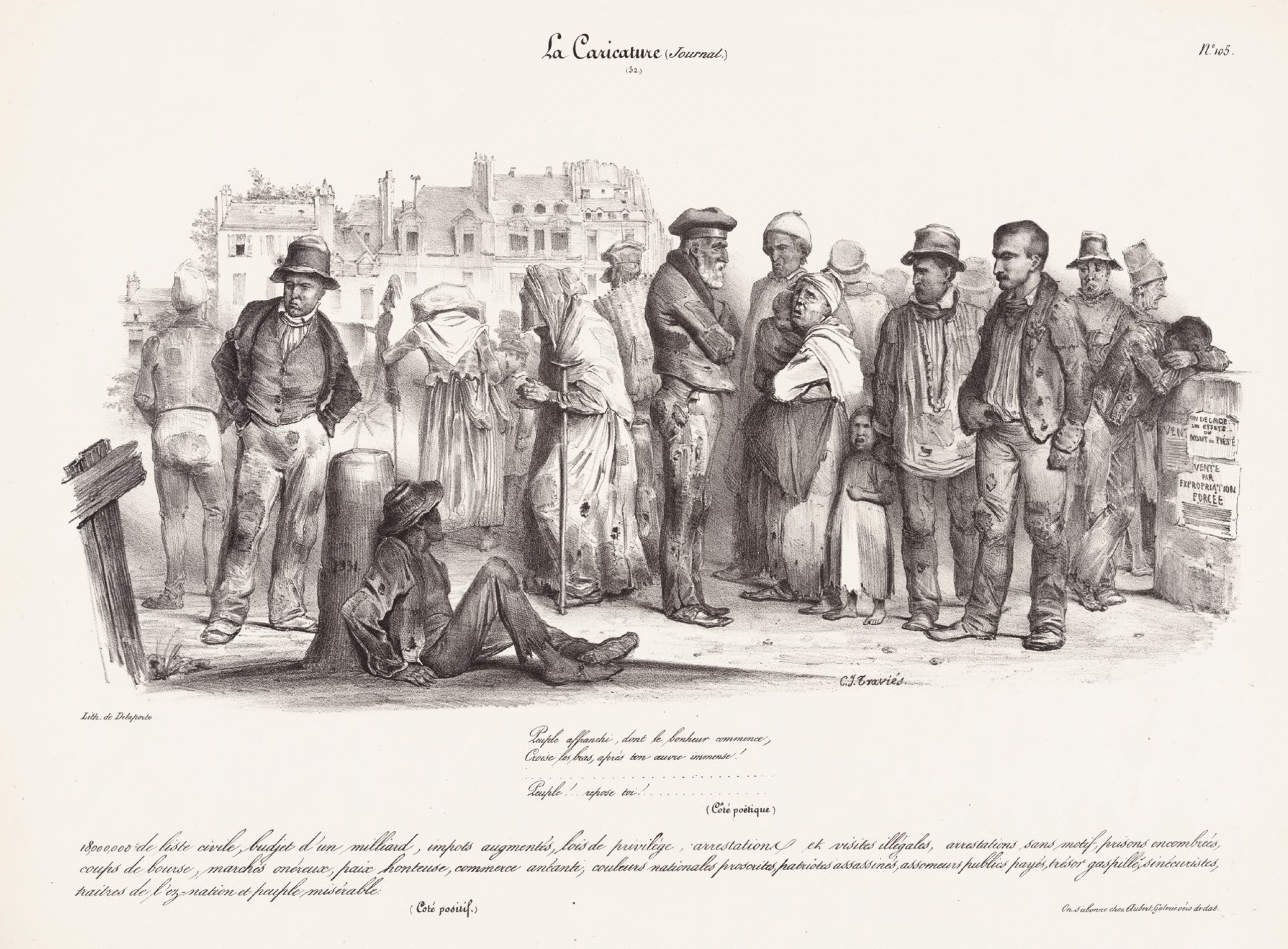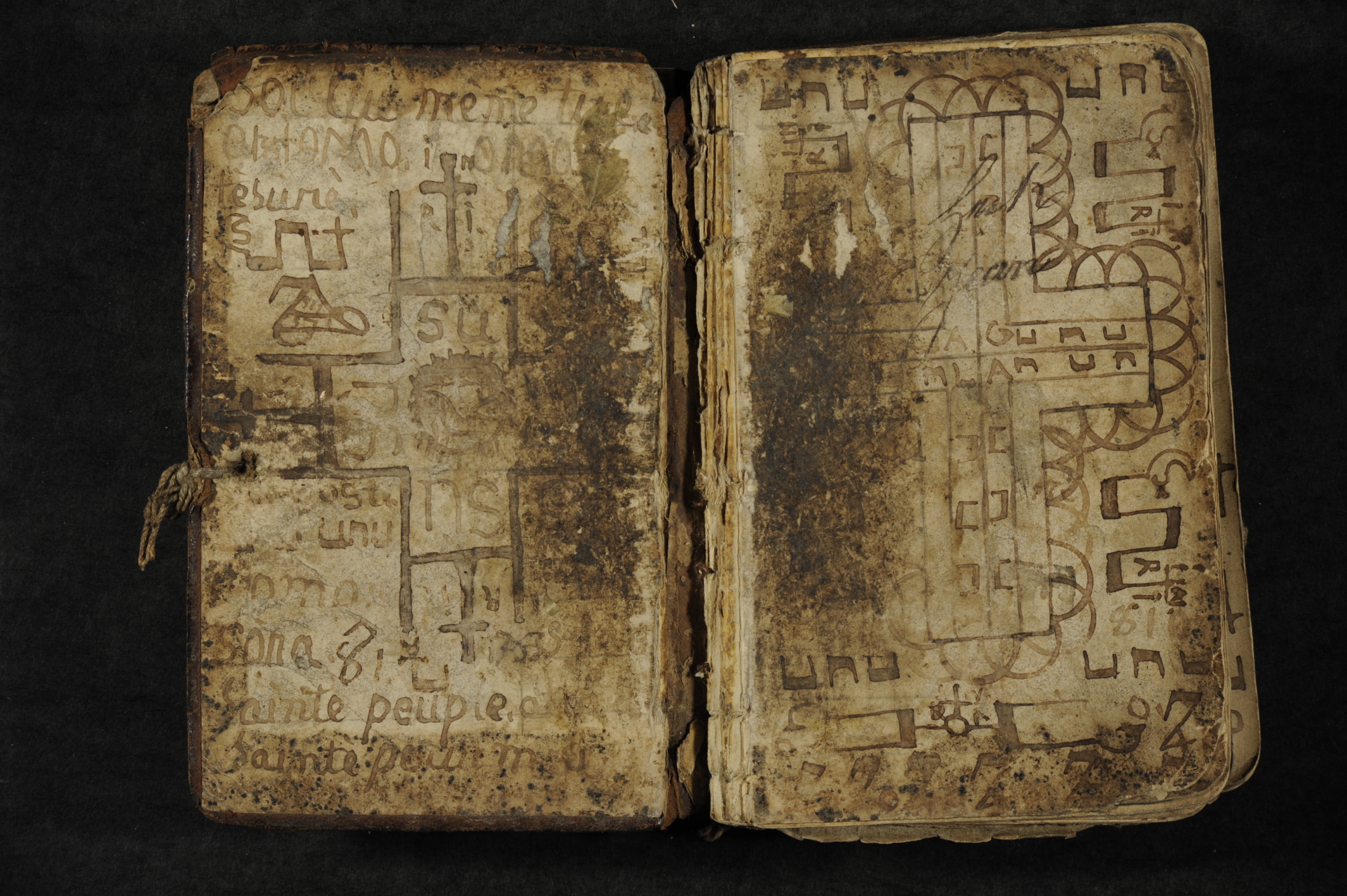Alexander Roob]
[November 2, 2010
Me too in Verdun # 3 – On the Views and Drawings of the War Traveller Goethe.
3) Verdun revisited
In the circles of specialists in German studies, the political Goethe is regarded as “difficult”. His ambitions in this regard are often treated as fringe problem zones that can be neglected within the monumental, aesthetic whole comprised of creative writing and natural science, which one is accustomed to admiring him for. What is entirely disregarded here is that, for Goethe himself, political effectiveness was anything but a secondary aspect of his life: The older he grew, the more he enjoyed his role as a statesman and aristocratic dignitary exerting sovereign control.
His late work only gave rise to a lack of understanding with his younger contemporaries. It was foremost the openly displayed reactionary content – marking the author as a convinced representative of Metternich’s hated repressive policies – that gave the reason for the at first massive rejection of these works. When Goethe died in 1832, just a few years after the outbreak of the Second French Revolution, the old absolutistic order, in which his entire existence was entangled, was merely a chimera no longer compatible with the altered economic and societal conditions. One can understand that the intellectuals of Junges Deutschland, which Goethe had not only patronized and defamed but also censored, hardly saw a need for an obituary.
Joseph Keppler: “Hifalutin“ Hohenzollern, Puck, 05.25.1895, New York, Lithography (MePri). A satirical depiction of the megalomania of the Wilhelminian Empire, which was based on the upgraded feudal structures of the ancient times.
The Wilhelminian Empire, which had been proclaimed at the power centre of the defeated French nation in Versailles, had created a Goethe for itself who was to represent the Prussian will to expand in the sphere of culture, as well. The French literary critic Barbey d’Aurevilly aptly compared the aggressive force of the Germanic cultural export article Goethe during the Prussian-French War with that of a Krupp canon. Absurdly, his political effectiveness, consisting to a large extent in the exclusion of his activities in realpolitik, was thus larger than ever and had a system-stabilizing effect both in the Empire and in National Socialism, and equally in the East German workers’ state and the West German postwar bourgeois democracy. Even the new German unity once again prefers to gather under his light-shedding halo for representative purposes.
During the First World War, Goethe returned to Verdun in a thousandfold edition as spiritual munition in the knapsacks of German soldiers. His “Faust” had become an imperial cult and was printed in huge numbers in the form of so-called “field editions” supplying the troops of the world war. The general reading was that Goethe, in “Faust”, had not only evoked the German essence from the depths of history but also provided it with an especially outstanding talent, namely, the gene of conquest and expansion; expansion both in mental and territorial regard, with the first aspect represented in the first part of “Faust” and the latter in the second.
Paul Thiriat, A Winter´s Night on the French Front at Verdun, The Graphic, 29.02. 1917 (MePri).
What became topical during the time of National Socialism were above all his disregarded and misunderstood later works. Goethe’s late work is all but permeated by passages that in often astounding ways appear to anticipate fascist visions and dictions. The fantasies of alliances that Goethe presents in Wilhelm Meister’s Journeyman Years as a counter-model to the ideas of Enlightenment unfold in the nested narrative structure of the novel to an oppressive vision of a society in which the police-state nature of the time of restoration is pushed to a totalitarian extreme corresponding with the writer’s need for security and his elitist notions.
One of the central verbs in Goethe’s late work is “Beiseiteschaffen” (to push away / discard). In the utopia of the Journeyman Years, he wrote: “He who proves to be difficult is pushed away, until he understands how to act so as to be tolerated.” Until now, dark passages like these in Goethe’s literary work have always been clearly located in the realm of fiction. Against the background of the detailed insights into Goethe’s realpolitik effectiveness in Weimar – brought to light by the research of W. Daniel Wilson (Das Goethe-Tabu, Munich 1999) – the passages in question are provided with new and more realistic contours. For the examination of the Weimar government files reveal that Goethe, in the many functions he had, was indeed familiar with the process of pushing away in the most various shades. Where the issue was to take state measures against the rabble-rousing or allegedly rabble-rousing conduct of subjects, Goethe usually distinguished himself as a hardliner, who was in a position to not only call for strong pressure but also assert it.
J.W .v. Goethe, Recruitment, 1779, ink and wash (Stiftung Weimarer Klassik). – As minister of war Goethe had been responsible for the practice which he depicts here.
Hence, the image of the privy councillor Goethe as a moderate servant of a peaceful Muse state must urgently be corrected, as it appears. And along with this correction and in view of his social-utopian late work, a much clearer picture emerges of what the poet’s intellectual patronage of the foundation of the new Wilhelminian Empire actually means and, in particular, what connects it, in the continuity of German history, with the subsequent “Third Reich”.
In no other sector of his oeuvre do the underlying arteries that connect Goethe’s political visions with the two German empire foundations become as transparent as in his pictorial work. One can best retrace this emanation based on his politically coded central motif, the fortress against a glowing sun. In 1821, at a time when the hopes for restoration had long been fulfilled, the motif appears once more, on the fourth sheet of a print edition of his emblematic hand drawings, which Goethe himself was in charge of. The morning reverence of Verdun has now been transformed into an evening ambience. Due to the accompanying poem, the scenery of Goethe’s drawing, “Geheimster Wohnsitz” (Most secret abode), can be recognised as a place of training at which the world sages had to go through a probationary year. The portfolio of etchings was made at the same time as the final editing of the first version of the Journeyman Years. It therefore suggests itself to see in the walled-in lyceum a visualisation of the “Pädagogische Provinz” described in the book, the place of the elitist education of the secret “Turmgesellschaft” (Castle Society), from which not only Jews but also jurists, dram shops, libraries as well as the performing and fine arts were banned.
J.W. v. Goethe: Most Secret Abode, 1808, ink and wash (Stiftung Weimarer Klassik).
J.W .v. Goethe / Carl v. Lieber, Most Secret Abode (Blatt IV), in: Karl August Schwerdgeburth (Hg.): Radirte Blätter nach Handzeichnungen von Goethe, Weimar 1821 (MePri).
Goethe called this conception of a distant place of elitist education “a kind of utopia”. He does not go into details about the political constitution of this utopia, though. It is merely said that it is directed by “acknowledged superiors” whom one must pay homage to as “Führer (leaders)” in paeans of praise. The legislative is eliminated; instead, there is a dense network of policemen working around the clock in day and night shifts.
As in the Verdun watercolour, the etching “Der geheimste Wohnsitz“ (Most secret abode) entirely neglects any dimension of realpolitik in favour of establishing a sublime atmosphere in the tradition of heroic landscape depictions. “Der Abend war unübertrefflich schön, / Ach, wollte Gott, ein Künstler hätt´s gesehen! (The evening was unsurpassably beautiful, / Oh, if only God had wanted an artist to see it!)” is written in the accompanying poem. Yet there was this artist who shared the vision with Goethe in his mind’s eye, albeit a century later. It is the Upper Austrian veduta and landscape painter Adolf Hitler, who went on to become the Führer of the National Socialist Party of Germany. His watercolour from 1909 titled “Burg Utopia” (Castle Utopia) also depicts a fortress bathed in evening light, located “on rocks in sublime solitude”. Behind its walls, one can presume – as in Goethe’s utopia – the upbringing of a world elite.
Adolf Hitler, Castle Utopia, 1909, Aquarell, 18 x 25 cm (Privatslg.).
Although a direct link is improbable, what is astounding in the context of Hitler’s watercolour is the career that the reactionary interpretation of the fortress emblem made in Goethe’s oeuvre: from an anti-republican bulwark in revolutionary times to an elitist, police-state-like academy in the time of restoration. And Hitler’s picture already points to an approaching continuation of this iconographic career in the form of a material implementation in the training castles of the SS and the so-called “National Political Reformatories” of the “Third Reich”.
Konrad Adenauer, the first chancellor of West German postwar democracy, placed Goethe’s “Faust” even before Hitler’s “Mein Kampf” at the top of his personal index of writings undermining democracy. In this rigorous assessment of the dangerousness of political Goethe, he could have shook hands with the passionate Goethe opponent, Ludwig Börne. With his vicious verdict that Goethe was “a cancer damage in the German body” and a poetic apologist of “tyranny”, Börne ventilated, during Goethe’s lifetime, his deep anxiety about the consequences of Goethe’s permanent, anti-democratic propagandistic activities for the progress of German history.
What definitely also belongs to a comprehensive perception of the acclaimed complexity of the Proteus Goethe is registering the realpolitik facets that place his work, which has influenced language and behaviour, in the continuity of German history, where the small distance between Frauenplan and Buchenwald turns out to be not of a purely geographical nature.
– Abriged work. For notes and further details please check the original German version.-








